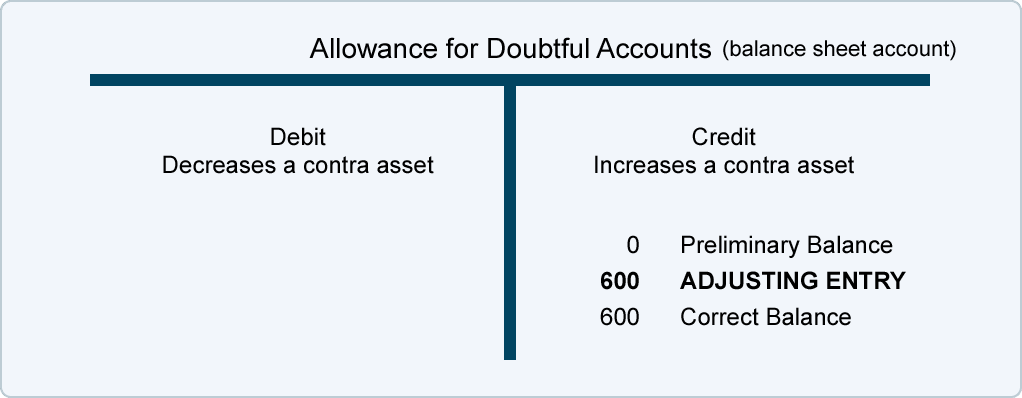Will leasing equipment or buying it be more tax efficient for your business? Richardson, TX
Content

Leasing is one solution that can be used to reduce debt and save working capital that would otherwise be used to purchase assets. Whether you prefer to write off payments or take depreciation, there are several options to structure a lease to fit your unique needs. The three basic components of a lease structure include term, residual and payment frequency.

Now is a great time to evaluate your machinery line-up, review your records and discuss options to reduce your tax liability with your accountant. Under the 2003 revisions to IAS 17, initial direct and incremental costs incurred by lessors in negotiating leases must be recognised over the lease term. This treatment does not apply to manufacturer or dealer lessors where can you depreciate leased equipment such cost recognition is as an expense when the selling profit is recognised. Many businesses use operating leases for car leases because the cars are used heavily and they are turned over for new models at the end of the lease. Operating leases are usually short-term for assets subject to becoming obsolete, while capital leases are mainly used for longer-term assets.
What is equipment leasing?
New technology does not guarantee economic return, but if applied correctly it may result in time or cost savings. From a tax perspective, leases are classified as either a true tax lease or a conditional sales lease. Deloitte refers to one or more of Deloitte Touche Tohmatsu Limited (“DTTL”), its global network of member firms and their related entities. DTTL (also referred to as “Deloitte Global”) and each of its member firms are legally separate and independent entities. In general, businesses lease vehicles and equipment to fund their business without having to finance a purchase of equipment.
- For accounting purposes, short-term leases under 12 months in length are treated as expenses and longer-term leases are capitalized as assets.
- But Bonus Depreciation is scheduled to be phased out by Jan. 1, 2027.
- A distinct advantage of leasing is having the option to trade the asset in for a new leased machine, purchasing it or returning the equipment to the lessor.
- A master lease lets you lease additional pieces of equipment from your lessor without negotiating new contracts for each one.
- We can help you get the right coverage with an online quote.
- A lessee must capitalize leased assets if the lease contract entered into satisfies at least one of the four criteria published by the Financial Accounting Standards Board .
- During the lease term, you use the equipment until the deal expires.
To go along the savings from the Section 179 deduction, you have the Bonus Depreciation, which allows you to take additional depreciation on new and used capital equipment purchases. But Bonus Depreciation is scheduled to be phased out by Jan. 1, 2027. Using LeaseQuery’s free present value tool, the lease liability value on the commencement date is $22,455, equal to the present value of the lease payments. Considering this transaction does not include any rent prepayments, lease incentives, or initial direct costs, the opening ROU asset will equal the liability at $22,455. Based on the $500 discounted purchase option, the lessee will plan, beyond a reasonable doubt, to purchase the asset at the end of the initial lease term. This decision will qualify the transaction as a strong-form finance lease under ASC 842.
Decide whether to lease or buy by learning about the pros and cons of each.
Lease financing often provides 100% of the dues required for an equipment purchase. Loans do not, often requiring up to 20% of the total as a down payment. If a down payment is required, consider reassigning capital to cover any upfront costs. Given the financial edge this provides, the APR for a finance lease is higher, often double that of an operating lease. Standard interest rates currently hover around 6% to 9%, while average contracts range from 24 to 72 months.
- Make sure you include all the details of a capital lease to demonstrate the legitimacy of the lease.
- Under the 2003 revisions to IAS 17, initial direct and incremental costs incurred by lessors in negotiating leases must be recognised over the lease term.
- Brokers represent only a small segment of the leasing market, and their service does not come cheap.
